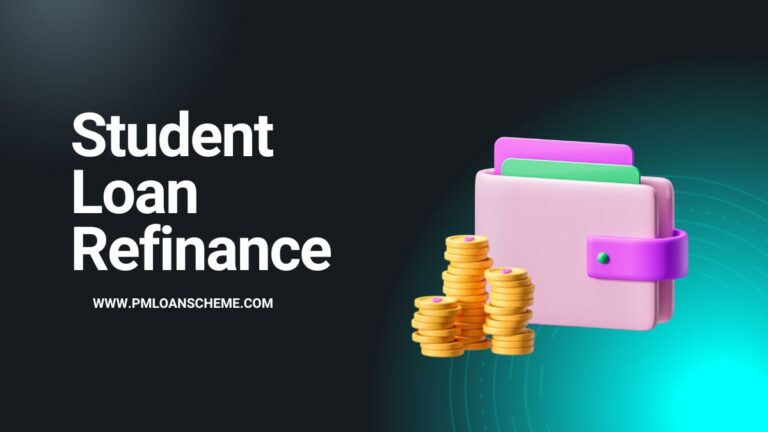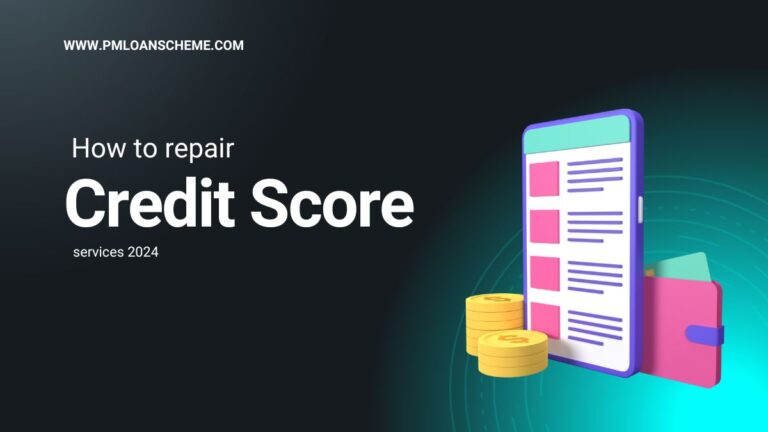Best Budgeting Apps 2024
Here are the top budgeting apps of 2024. Managing finances has become easier than ever thanks to the rise of intuitive, feature-packed budgeting apps. With options tailored for different financial needs, these apps can help users track expenses, set financial goals, and even invest. But with so many choices on the market, it can be challenging to choose the right one. This guide breaks down the best budgeting apps in 2024, covering features, pricing, pros, and cons to help you make an informed decision.

Why Use Budgeting Apps?
Budgeting apps offer a convenient way to monitor your financial health. Instead of manually tracking expenses, these apps provide real-time insights into spending patterns, help set realistic budgets, and sometimes even offer tools for debt management. A good budgeting app can empower users to stay disciplined with their finances and achieve long-term financial goals.
Criteria for Choosing the Best Budgeting App
When evaluating budgeting apps, consider the following factors:
- User Interface and Experience: Look for apps with intuitive navigation and clear categorization of expenses.
- Features: Consider if the app provides tools like savings goals, bill reminders, and debt tracking.
- Cost: Some apps are free, while others require a subscription; weigh the features against the price.
- Security: Ensure the app follows robust security protocols to protect your financial data.
- Synchronization: Apps that sync with bank accounts can provide real-time insights.
Top Budgeting Apps in 2024
1. Mint
- Features: Track expenses, create budgets, monitor credit scores, and set savings goals.
- Pros: Free, syncs with multiple financial institutions, and offers a comprehensive overview of finances.
- Cons: Ad-supported, which may be intrusive for some users.
- Best For: General budgeting and expense tracking for individuals.
2. YNAB (You Need a Budget)
- Features: Based on zero-based budgeting; promotes proactive budgeting by assigning each dollar a job.
- Pros: Ideal for hands-on budgeting and personal finance education.
- Cons: Monthly subscription fee and learning curve.
- Best For: Users who are committed to actively managing their finances.
3. PocketGuard
- Features: Displays how much you can spend after accounting for bills and savings goals.
- Pros: Simplified budgeting with a clear “In My Pocket” view.
- Cons: Limited free version; some users report issues with bank syncing.
- Best For: Simple budgeting for individuals focused on daily spending.
4. Goodbudget
- Features: Envelopes-based budgeting system, ideal for allocating funds to different categories.
- Pros: User-friendly interface and free version available.
- Cons: Manual input for transactions unless using the premium version.
- Best For: Envelope budgeting without complicated features.
5. Personal Capital
- Features: Investment tracking, retirement planning, and budgeting.
- Pros: Excellent for high-level financial management, particularly investments.
- Cons: Premium features require higher investment accounts.
- Best For: Users with more complex finances, including investments.
6. EveryDollar
- Features: Simple budgeting focused on expense tracking, using the zero-based budgeting approach.
- Pros: User-friendly, integrates with the Ramsey+ system.
- Cons: Premium version needed for automatic bank syncing.
- Best For: Individuals and families practicing zero-based budgeting.
How to Get the Most from a Budgeting App
To make budgeting apps work best for you, follow these tips:
- Regularly Update Transactions: Sync your accounts and manually enter any cash expenses for accurate tracking.
- Set Realistic Goals: Use the app’s goal-setting features to establish achievable savings and expense limits.
- Monitor and Adjust Budgets: Reassess your budget monthly to ensure you’re on track and adjust for any new financial needs.
- Use Notifications: Many apps offer notifications for bill payments and budget limits, keeping you accountable.
Comparison of Free vs. Paid Apps
While free budgeting apps like Mint offer essential tools, premium options like YNAB or EveryDollar provide more tailored features for in-depth financial management. Users with complex financial needs or specific goals may benefit from the advanced insights provided by paid options.
Conclusion
Choosing the right budgeting app is a personal decision based on financial habits, goals, and budget. Whether you’re a hands-on budgeter or prefer automation, there’s an app for every type of user. Mint and PocketGuard are great for basic budgeting needs, while apps like YNAB and Personal Capital are designed for users who want more control and insights into their finances. With the right app, you can gain a clearer picture of your finances and work towards a more stable financial future.
FAQ
Are budgeting apps secure?
Yes, reputable budgeting apps use encryption and multi-factor authentication to protect your data. However, always review the app’s security features before linking sensitive financial information.
Can budgeting apps help with debt management?
Absolutely. Many budgeting apps offer tools specifically designed to manage and pay down debt, like debt payoff calculators and goal-setting for reducing outstanding balances.
Do free budgeting apps have enough features?
Free apps like Mint cover basic budgeting needs, but paid versions often offer more advanced features such as debt tracking, savings goals, and family budget management.
What is the best budgeting app for families?
YNAB and EveryDollar are popular for family budgeting due to their zero-based budgeting approach, which helps allocate every dollar efficiently, making it easier to track family expenses.
Can I link multiple bank accounts to budgeting apps?
Yes, most budgeting apps allow linking multiple accounts, offering a complete view of your finances in one place. However, some free apps may have limitations on the number of accounts.


